Residents of high northern latitudes can take heart this frigid January: this coming weekend offers a chance to replicate a unique astronomical sighting.
Veteran sky watcher Bob King recently wrote a post for Universe Today describing what observers can expect from the planet Venus for the last few weeks of this current evening apparition leading up to Venus’s passage between the Earth and the Sun on January 11th. Like so many other readers, we’ve been holding a nightly vigil to see when the last date will be that we can spot the fleeing world… and some great pics have been pouring in.
But did you know that when the conditions are just right, that you can actually spy Venus at the moment of inferior conjunction?
No, we’re not talking about a rare transit of Venus as last occurred on June 6th, 2012, when Venus crossed the disk of the Sun as seen from our Earthly perspective… you’ll have to wait until 2117 to see that occur again. What we’re talking about is a passage of Venus high above or below the solar disk, when spying it while the Sun sits just below the horizon might just be possible.
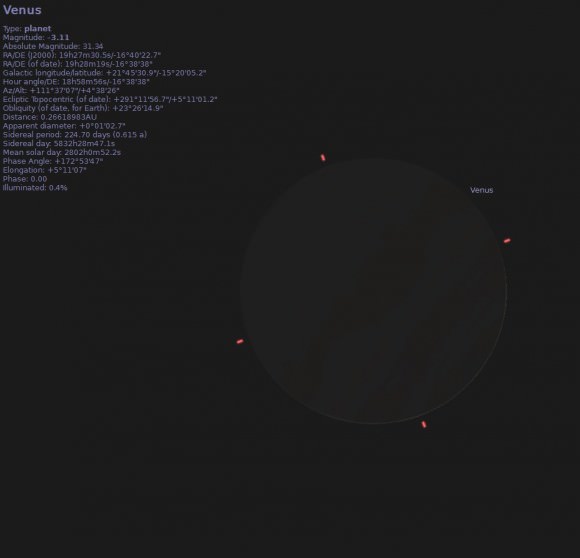
Not all inferior conjunctions of Venus are created equal. The planet’s orbit is tilted 3 degrees with respect to our own and can thus pass a maximum of eight degrees north or south of the Sun. Venus last did this on inferior conjunction in 2009 and will once again pass a maximum distance north of the Sun in 2017. For the southern hemisphere, the red letter years are 2007, and next year in 2015.
You’ll note that the above periods mark out an 8-year cycle, a period after which a roughly similar apparition of the planet Venus repeats. This is because Venus takes just over 224 days to complete one orbit, and 13 orbits of Venus very nearly equals 8 Earth years.
And while said northern maximum is still three years away, this week’s inferior conjunction is close at five degrees from the solar limb. The best prospects to see Venus at or near inferior conjunction occur for observers “North of the 60”. We accomplished this feat two Venusian 8-year cycles ago during the inferior conjunction of January 16th, 1998 from latitude 65 degrees north just outside of Fairbanks, Alaska. We set up on the Chena Flood Channel, assuring as low and as flat a horizon as possible… and we kept the engine of our trusty Jeep Wrangler idling as a refuge from the -40 degrees Celsius temperatures!
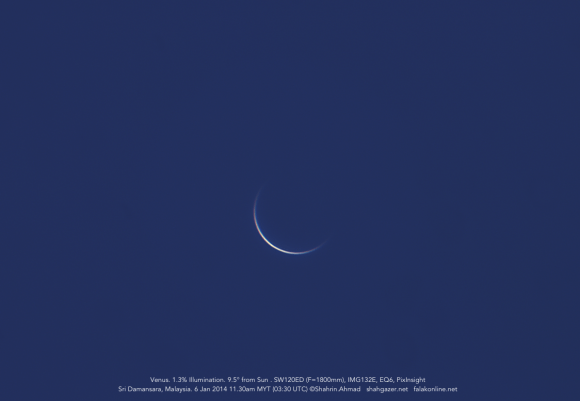
It took us several frigid minutes of sweeping the horizon with binoculars before we could pick up the dusky dot of Venus through the low atmospheric murk and pervasive ice fog. We could just glimpse Venus unaided afterward, once we knew exactly where to look!
This works because the ecliptic is at a relatively shallow enough angle to the horizon as seen from the high Arctic that Venus gets its maximum ~five degree “boost” above the horizon.
A word of warning is also in order not to attempt this sighting while the dazzling (and potentially eye damaging) Sun is above the horizon. Start sweeping the horizon for Venus about 30 minutes before local sunrise, with the limb of the Sun safely below the horizon.
Venus presents a disk 1’ 02” across as seen from Earth during inferior conjunction, the largest of any planet and the only one that can appear larger than an arc minute in size. Ironically, both Venus and Earth reach perihelion this month. Said disk is, however, only 0.4% illuminated and very near the theoretical edge of visibility known as the Danjon Limit. And although the technical visual magnitude of Venus at inferior conjunction is listed as -3.1, expect that illumination scattered across that razor thin crescent to be more like magnitude -0.6 due to atmospheric extinction.
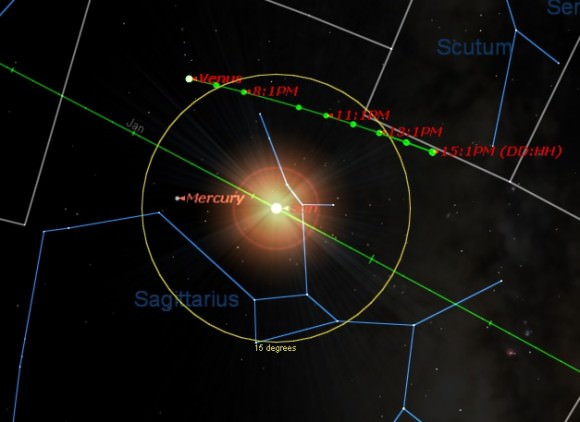
Are you one of the +99% of the world’s citizens that doesn’t live in the high Arctic? You can still watch the passage of Venus from the relative warmth of your home online, via the Solar Heliospheric Observatory’s (SOHO) vantage point in space. SOHO sits at the sunward L1 point between the Earth and the Sun and has been monitoring Sol with a battery on instruments ever since its launch in 1995. A great side benefit of this is that SOHO also catches sight of planets and the occasional comet that strays near the Sun in its LASCO C2 and C3 cameras. Venus will begin entering the 15 degree wide field of view for SOHO’s LASCO C3 camera on January 7th, and you’ll be able to trace it all the way back out until January 14th.
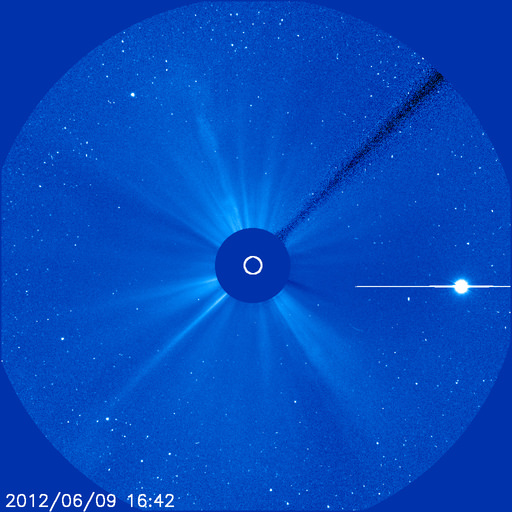
From there on out, Venus will enter the early morning sky. When is the first date that you can catch it from your latitude with binoculars and /or the naked eye? Venus spends most of the remainder of 2014 in the dawn, reaching greatest elongation 46.6 degrees west of the Sun on March 22nd, 2014 and is headed back towards superior conjunction on the farside of the Sun on October 25th, 2014. But there’s lots more Venusian action in 2014 in store…. more to come!

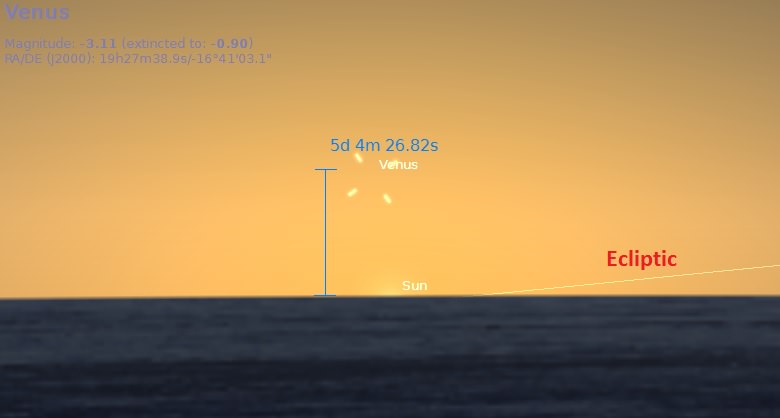
Clear sky needed. I was thinking about catching it around 11-12 with some buildings working as Sun-shield, but the forecast is a disaster 😉
Great info. We have been tracking Venus over the past week (after sunset) from Hawaii’s Big Island (19.43N) via 4″ refractor. Yesterday, Venus was visible after sunset until 6:25. The crescent has become more pronounced each evening, and from Hawaii, parallel to the horizon.